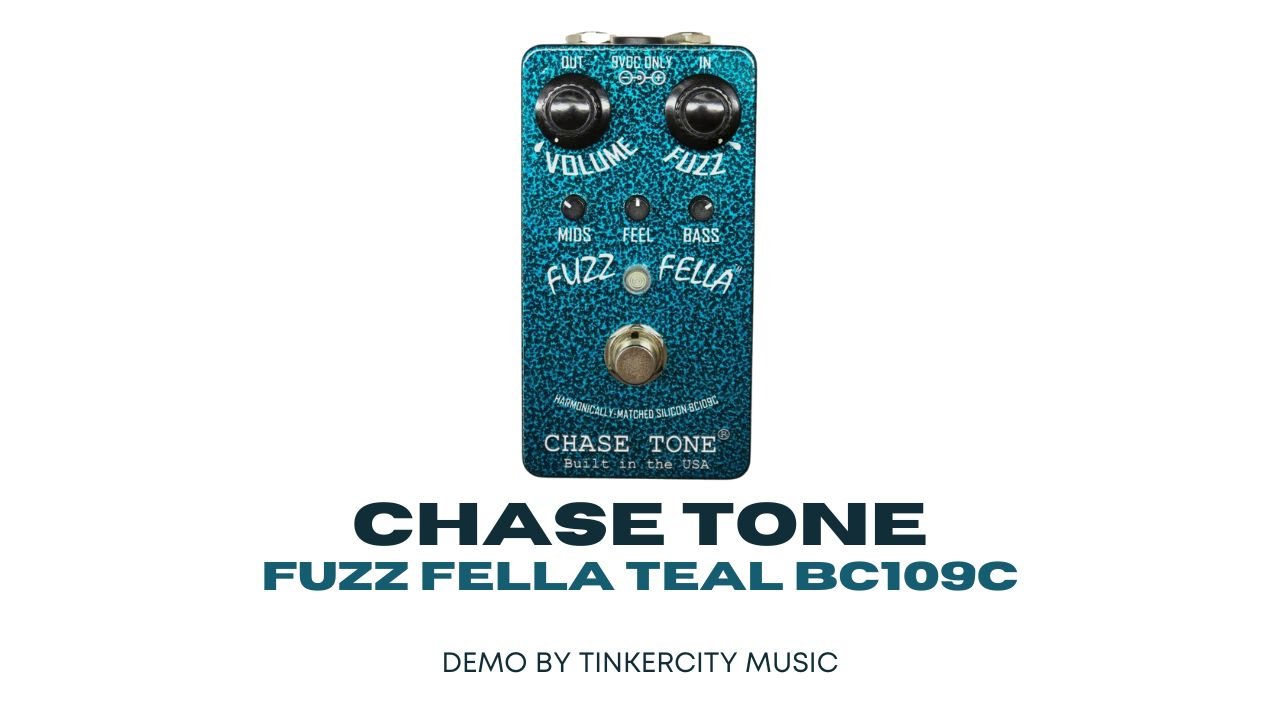Hello Gearheads! Happy to meet you again at the corner of all that is toneful. Today I’ve got a very cool pedal to share with you all. The Danelectro Nichols 1966, the most recent offering from Danelectro’s updated and in opinion, upgraded pedal line.
Originally founded in 1947 and since producing a bevy of historic instruments, amplifiers and ultimately pedals, Danelectro have been a music making company always sewn into the very fabric of music history. For all things historically accurate, please take a look at this fabulous interview from JHS and Danlectro owner Steve Ridinger: The Story And History Of Danelectro
Danelectro and Ridinger have been releasing some very cool, well built designs in their more recent pedal campaigns. Other notable pedals they’ve released include a great Foxx Tone Fuzz style fuzz, an impressive Ibanez Mostortion influenced drive, and a re-release of their much lauded “Back Talk” reverse effect. The Nichols 1966 sits proudly with these excellent releases as not only a versatile and unique take on the 60’s psychedelic but also for being a great sounding circuit.
Admittedly, the Nichols is marketed as a fuzz pedal that is not just a fuzz pedal. At it’s core is an original circuit Ridinger designed out of necessity in his garage as a teenager in the Hollywood Hills. It rides the line between distortion and fuzz resulting in a unique voice that sings with clarity and sustains like a great fuzz would.
“Steve had no money to buy a fuzz and no access to any schematics. So he created a completely unique circuit architecture that has never been seen again. Although he called his box a “fuzz”, it was in fact half way between a distortion and a fuzz. ”
Nichols sports a simple feature set that in my opinion gets you where you need to go fairly quickly… my favorite! Drive and Fuzz work independently and with each other to achieve the amount of gain and saturation you need, but also fine tune the feel of the fuzzy distortion which is very useful in a band mix or recording scenario. Volume acts as a global master volume to balance out the way the pedal hits the front end of your amplifier. I found quite a bit of volume available ‘on tap’ which is extremely useful to me as most vintage style fuzzes are pretty neutered in that regard. The tone control and stock/mid cut controls further allow for tailoring the Nichols to your rig. I found the tone control best all the way counterclockwise, which from my ears, removes the tone control from the circuit path and you get a flat, non restricted source. I also preferred the stock setting on the mini switch as it was the most robust and full. I could see using the Mid Cut switch to scoop out the midrange and approximate a Superfuzz style fuzz pedal if that’s the kind of tone you’re after. I tend to prefer the most open and harmonically rich tones I can get, so I opted to not use that.
All in all, I think the Nichols 1966 is a really enjoyable and unique pedal to add to anyone’s arsenal and recommend you checking one out. Being able to ride the line between pushed amp tones to squelching fuzz all within the 60’s psychedelic motif, is a very good thing indeed.
Thanks for checking out this Gearheads Feature on the Danelectro Nichols 1966. If you’d like to learn more about the Nichols 1966 or any of the other great releases I referenced, please do check out these sites for more information.
https://danelectro.com/pedals/nichols-1966/
https://www.instagram.com/danelectro_official/
https://www.facebook.com/danelectro.official
Until next time Gearheads, please take a moment to Like, Subscribe & Share this Feature and I’ll see you all very soon!





























































